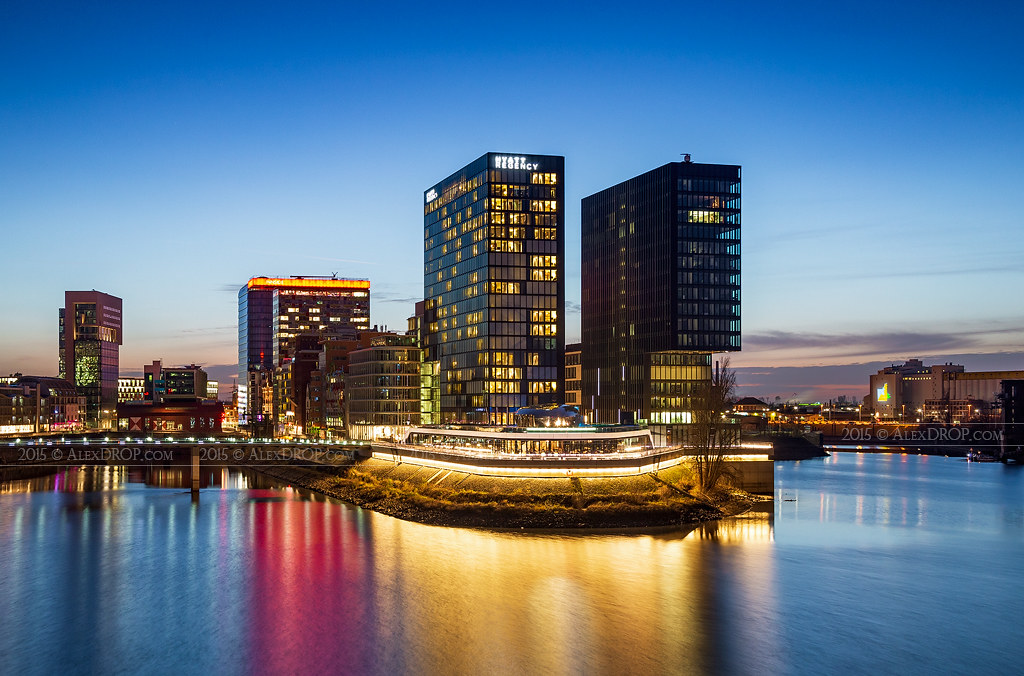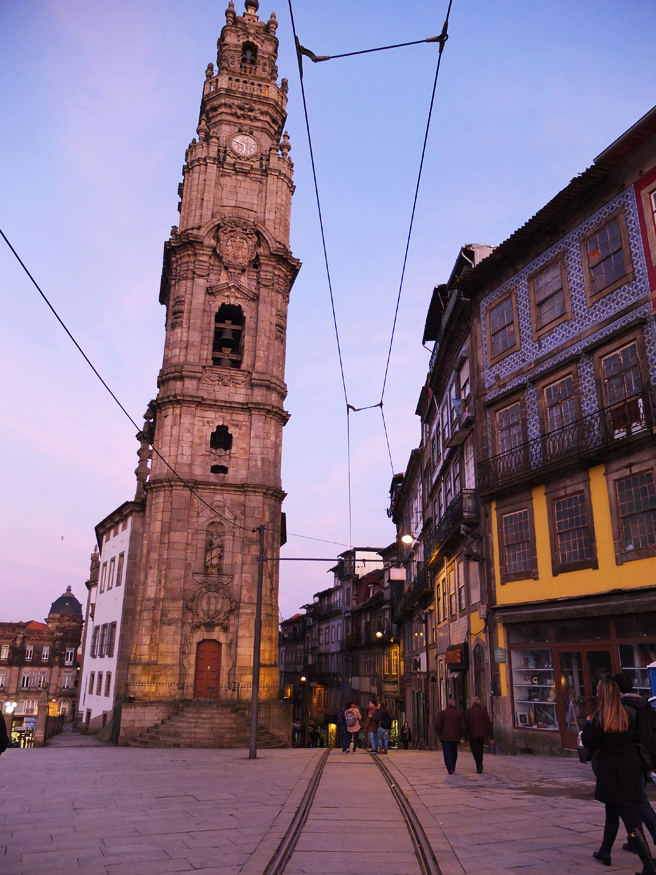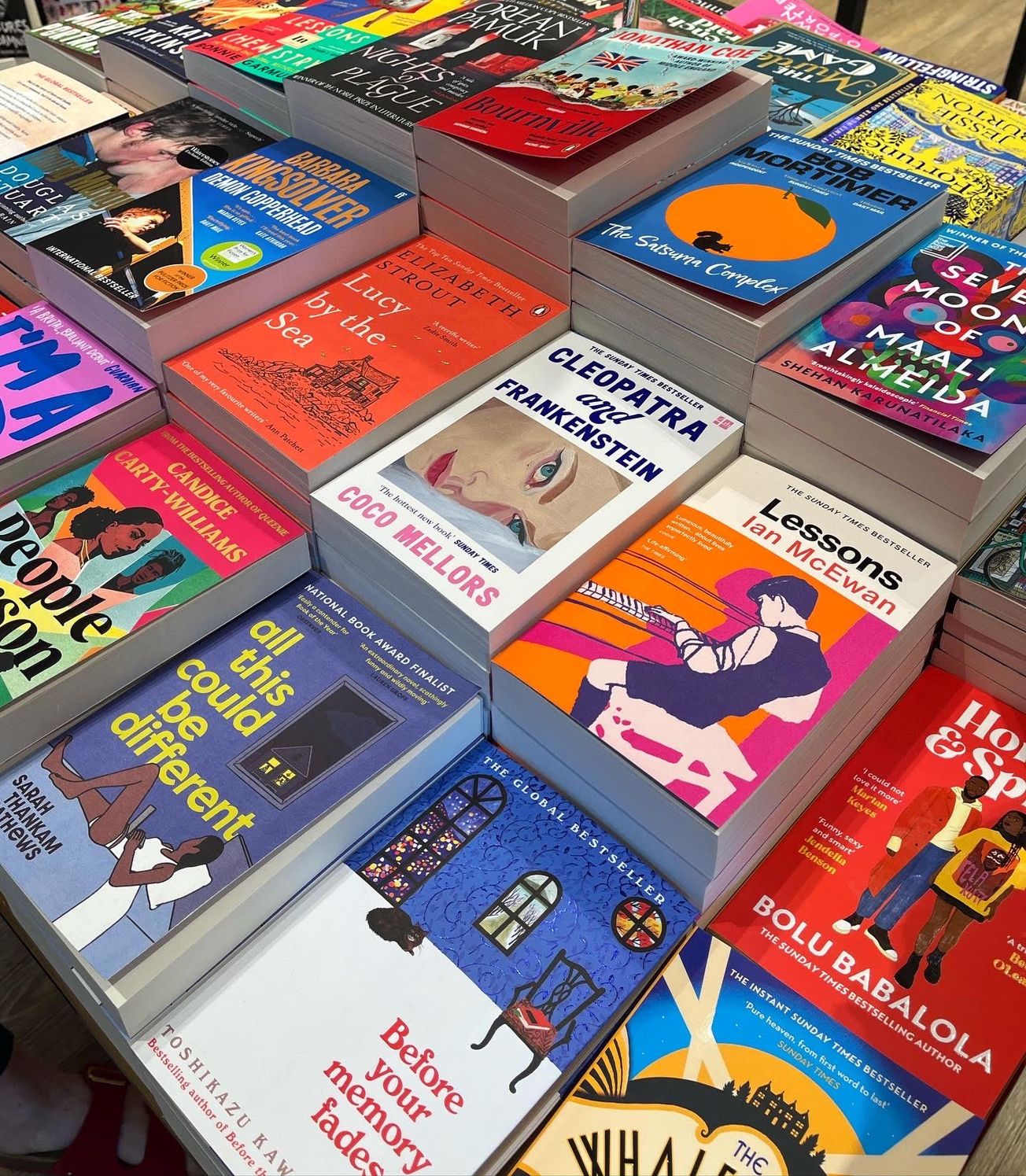By Amelia Edgell-Cole Travel Editor
Amelia Edgell-Cole explores the cities twinned to Bristol and in doing so learns more about the beloved city we all call home.
Developed in order to promote friendly relations, cross-border projects and a greater cultural understanding between cities, towns, counties, regions and states, ‘twin’ or ‘sister’ cities have long been a beneficial concept worldwide. In fact, despite their popularity hugely increasing after World War II as a means of promoting international peace and appeasement, the earliest known example of a relationship of this kind was between Paderborn, Germany, and Le Mans, France, which was formed in 836 and still remains in place to this day. Subsequent to this, sister cities have been created across the globe; in 1905, Keighley in West Yorkshire, England, arranged a twinning agreement with French communities Suresnes and Puteaux and the conclusion of WWII in 1947 saw the sistering of Coventry with Stalingrad and Dresden, and Reading with ‘former enemy’ Düsseldorf.
When it comes to forming the twin links, geographical location has little to do with it; instead, towns and cities are often sistered based on similarities to do with industry, culture and even the etymology of a location’s name. Take, for example, Rochester in Minnesota and Knebworth in the UK, paired due to their both having significant medical research facilities, whilst the pairing between Chicago and Warsaw is fitting due to Chicago’s large Polish community. Twinnings also occur on somewhat more trivial grounds: 2012 saw the sistering of Scottish village Dull with the US town of Boring, Oregon for fairly obvious reasons.

Flickr / Alex DROP
Despite the cultural, educational and economic benefits of adopting twin cities being widely felt, however, it appears that little is known about twin cities amongst the general public. In fact, some even see the concept as outdated and pointless. But twinning isn’t just used for linking humorously named locations, it can also also provide significant industrial and commercial benefits. Take, for example, the twinning of Nottingham and Karlsruhe: this allowed the UK city to use it’s German sister’s extensive tram network as a blueprint for its own, with its second tram line being constructed in 2013 which now has an annual ridership of 17.8 million. But more than just being for knowledge gain, twin cities also invite residents to engage with those from their twin locations. The relationship encourages people from different countries to meet, build relationships and have new experiences, for even if it may seem on the surface like they have little in common, the commonality is the kind of city or town they live in.
So what about Bristol? The harbourside city has links with seven cities and municipalities worldwide: Beira in Mozambique, Bordeaux in France, Guangzhou in China, Hannover in Germany, Porto in Portugal, Puerto Morazan in Nicaragua and Tbilisi, Georgia, resulting in countless cross-cultural business and education opportunities. The twinning of Bristol with said cities is not arbitrary: being sistered with Hannover in 1984 cemented trade links with the German city going back to the 17th century, whilst Bristol forged a connection with Tbilisi in order to strengthen relations with post-Cold War countries. What’s more, the city sought out links with Puerto Morazán and Beira in order to show its solidarity with the political revolutions in both places, a sure sign of the benefits of twin cities to political and social reform.

Flickr / Geoffrey Froment
Examples of the benefits reaped by Bristol as a result of this scheme are countless: The West of England China Bureau previously assisted in the arrangements of a visit of 40 primary school children from Guangzhou to its partner school the Bristol Brunel Academy and the University of Bristol sent a second year Portuguese student to Beira to work with the schools linked to counterparts in Bristol. Despite schemes between Bristol’s twins being largely small scale projects - such as artists funding, sports tournaments and even wine tastings - they demonstrate an attempt to integrate cultures in a way that shouldn’t be underestimated. Perhaps one of the standout projects is the bringing of Fairtrade cocoa producer Angela del Soccorro Zelaya Jarquin to Bristol from Nicaragua to work with over 2300 pupils from local schools, teaching them about the Fairtrade practice and thereby broadening their cultural understanding and knowledge of developing countries. Whether funding groups of citizens trips to said sister cities, or providing students with the opportunity to study abroad, it cannot be said that twin cities are a bad thing.
So, whilst twin cities may not initially seem overwhelmingly important, they have their purpose: to provide international experiences where they may not have otherwise been available. In a world of increasingly tense global relations, restrictions on immigration and cross-cultural suspicion, it is surely a beneficial thing to be able to say we have a twin on the other side of the globe.
Featured Image: Flickr/ trombone65
Have you visited any of the twin cities? Let us know!









